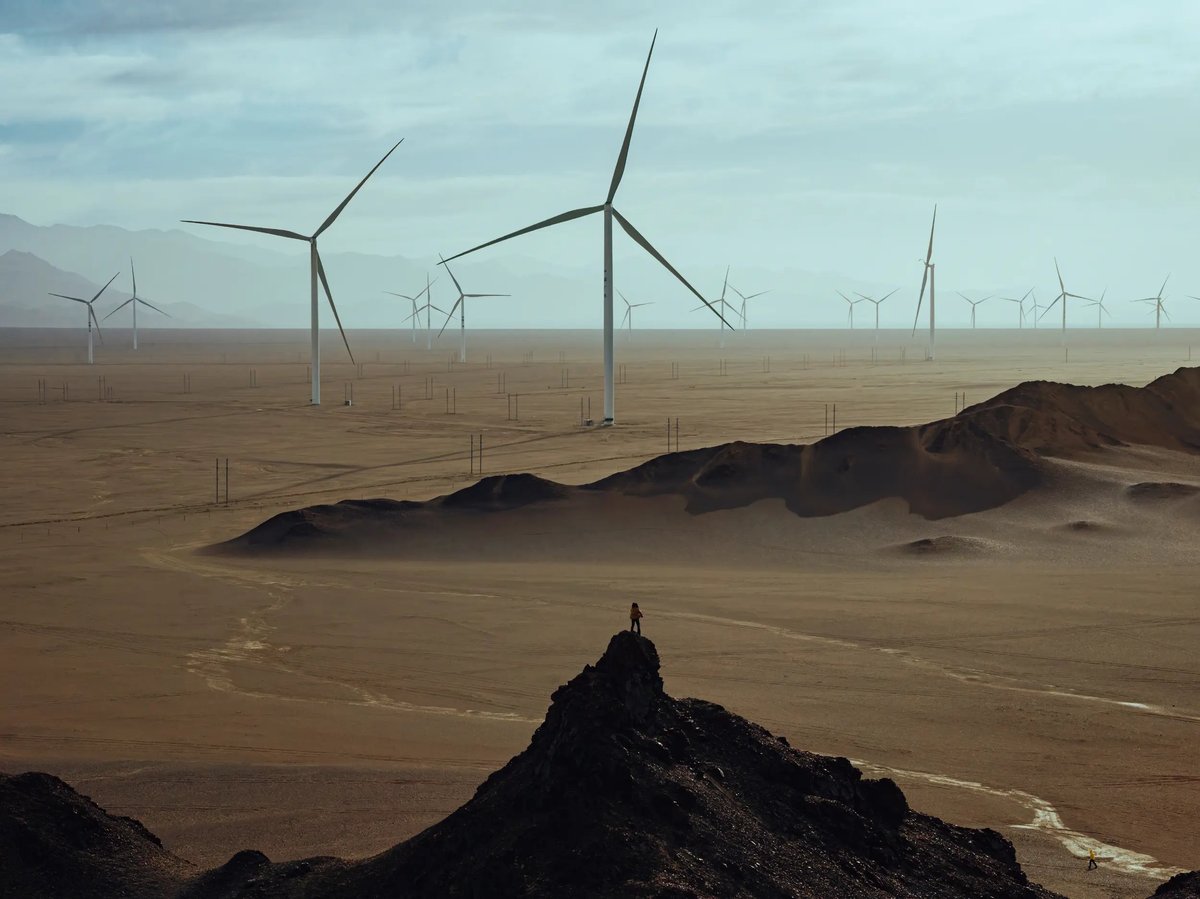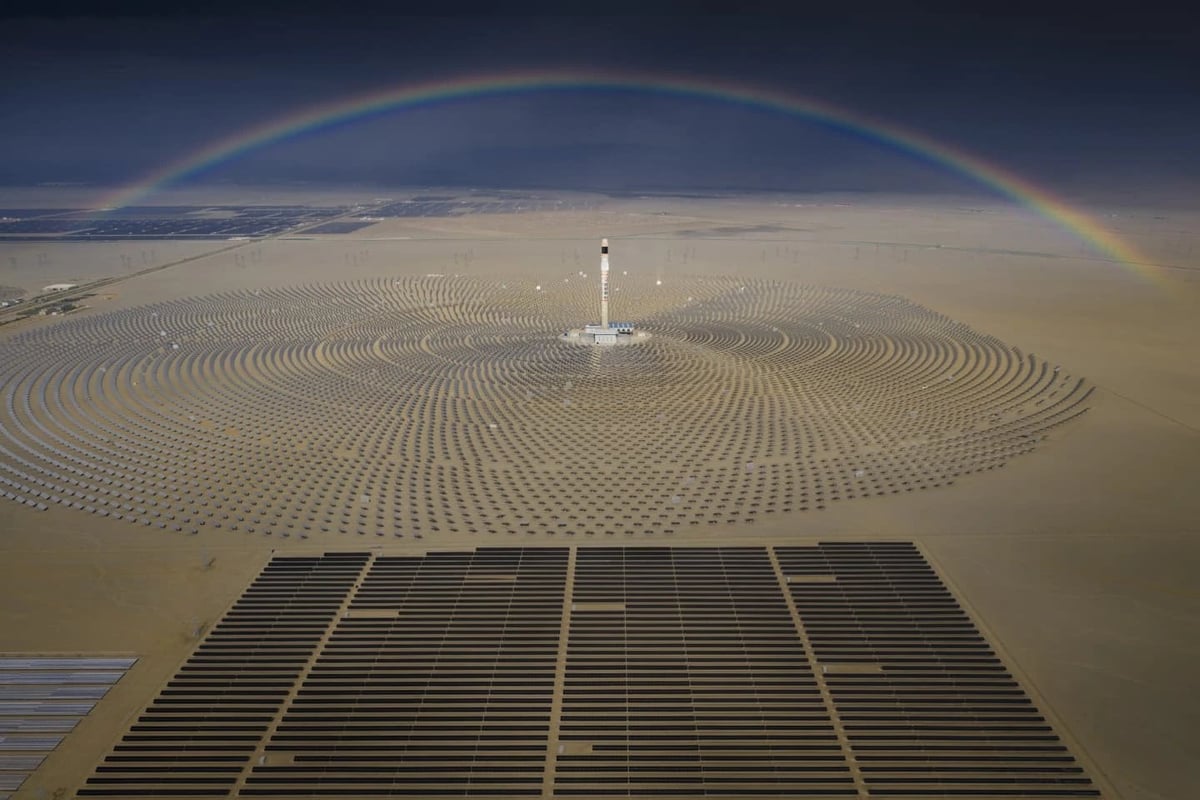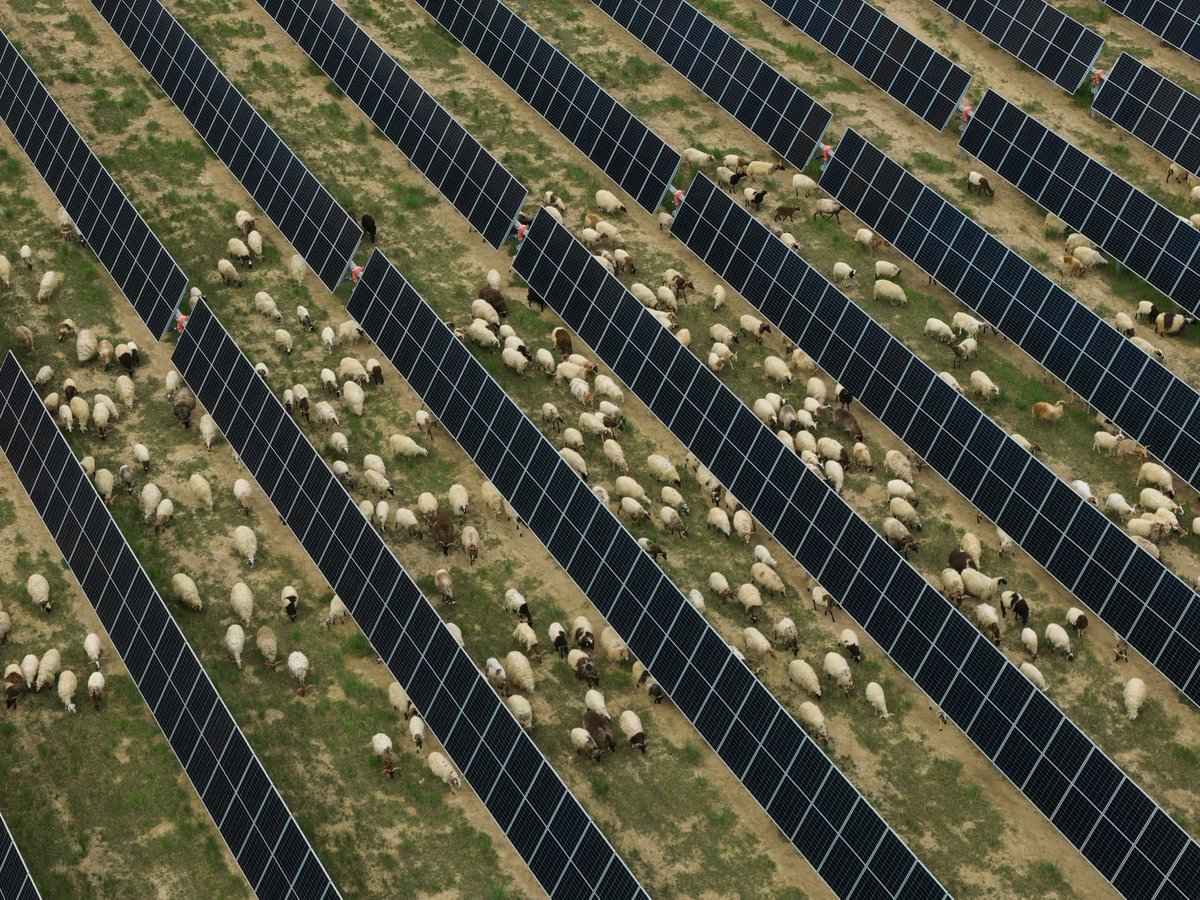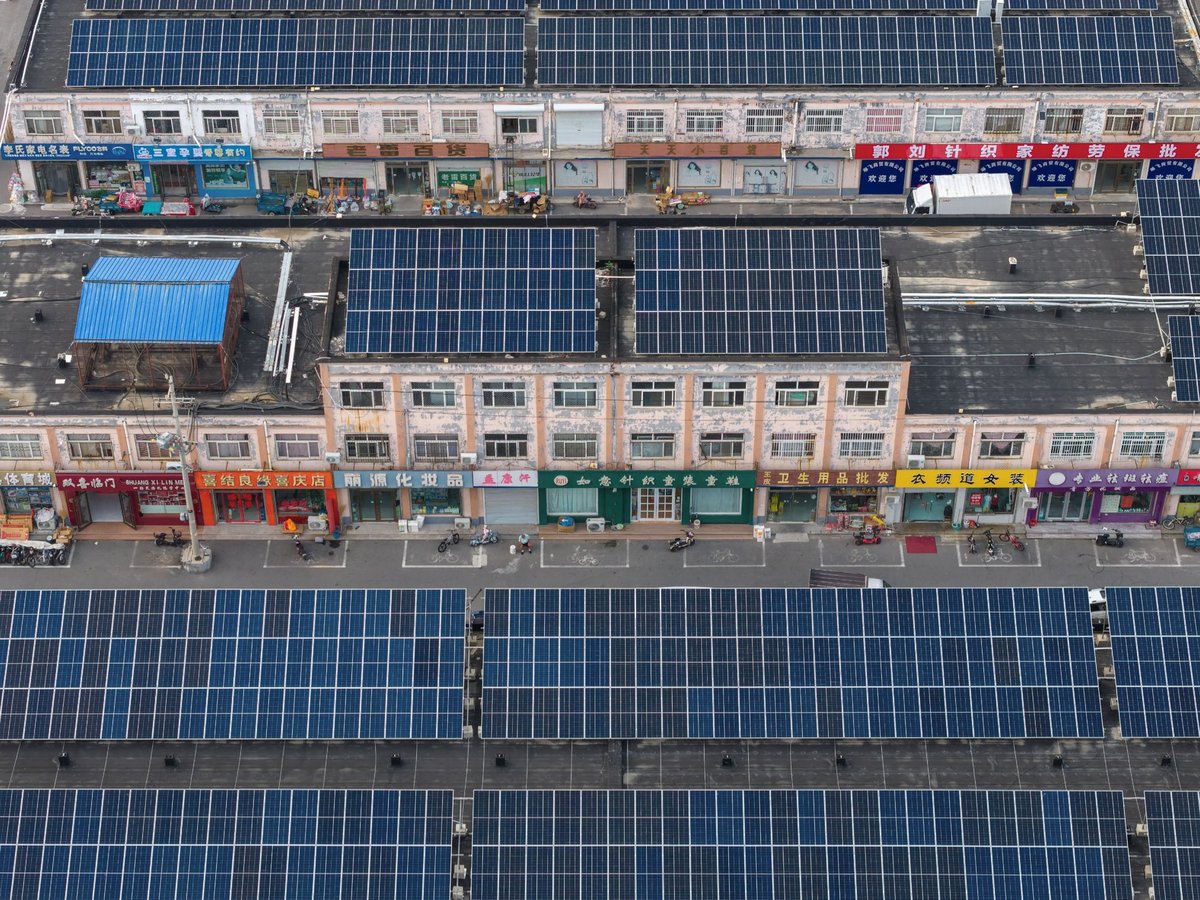
Today's links

A winning trade war strategy for Canada (permalink)
As the great Canadian philosopher Keanu Reeves averred in the 1994 public transportation documentary Speed, sometimes the winning move is to shoot the hostage.
That is: when your adversary has trapped you in a deadlock situation where neither of you can win, the winning move is to stop playing the game – rather, change the rules, and a bouquet of new moves will bloom.
Trump thinks he has Canada cornered, but we have a hell of a winning move. Unfortunately, we're not making it (yet).
Thus far, Canada's response to Trump's tariffs has been tit for tat: retaliatory tariffs. America smacked Canada's exports with tariffs, so Canada smacked the goods we import from the US with tariffs, too. This means that everything we buy in Canada is more expensive, which is certainly one way to punish Trump! It's like punching yourself in the face as hard as you can and waiting for the downstairs neighbour to say "ouch!"
https://pluralistic.net/2025/01/15/beauty-eh/#its-the-only-war-the-yankees-lost-except-for-vietnam-and-also-the-alamo-and-the-bay-of-ham
Not only are retaliatory tariffs bad for Canadians, they're also bad for the Americans who are also suffering under Trump. Rather than fostering an alliance with Americans against our common enemy – America's oligarchs and their god-king Trump – Canadians have declared war on all of our American cousins.
Take the decision to eschew delicious American bourbon and switch to Wayne Gretzky's undrinkable rye. Somewhere in a state that begins and ends with a vowel, there is a corn farmer who never did anything to hurt Canada who's suffering as a result of this decision. We get shitty booze, and he can't afford to make payments on his tractor. Everyone loses!
Now, it's a funny thing about that tractor. Chances are, it's made by John Deere, a rapacious ag-tech monopolist that bought out all its competitors and now screws farmers in every imaginable way. One particularly galling scam is how John Deere handles repair. Farmers typically repair their own tractors. After all, a tractor is a business-critical machine with a lot of moving parts that can fail in a million ways.
But after the farmer fixes their tractor, it will not work until they pay John Deere to send a technician to their farm to type an unlock code in the tractor's keyboard. This is a totally superfluous step, inserted solely to allow Deere to rip off their customers. Farmers have been fixing their own farm implements since the first plow – after all, when you need to bring the crops in and the storm is coming, you can't wait for a service call at the end of your lonely country road – but John Deere has declared the end of history. In John Deere's world, farmers can only use their tractors when an ag-tech monopolist says they can:
https://pluralistic.net/2022/08/15/deere-in-headlights/#doh-a-deere
No farmer wants this anti-feature in their tractor. In a normal world, someone would go into business selling farmers a kit to disable it. After all, this is all accomplished with software, and software is infinitely flexible. Every computable program can be executed on every computer. John Deere installed a 10-foot pile of shit in its tractor software, so someone else could go into business shipping 11-foot ladders made out of software that can be delivered instantaneously to anyone in the world with an internet connection and a payment method.
But we don't live in a normal world. We live in a fundamentally broken world. It's been broken since 1998, when Bill Clinton signed a law called the "Digital Millennium Copyright Act" (DMCA). Section 1201 of the DMCA establishes a felony, punishable by a 5-year sentence and a $500k fine, for anyone who "bypasses an access control" on a digital system. This means that if John Deere designs its tractors to ensure that incoming instructions were authorized by the company (say, a manufacturer's password that needs to be entered before you can update the software), then it is a felony to bypass that check. When John Deere puts one of these access controls in its tractor, it conjures up a new felony out of thin air, making it a literal crime for a farmer to modify their own tractor to work the way they want it to. It's what Jay Freeman calls "felony contempt of business model."
The US isn't the only country with a law like this – far from it! At the very instant Bill Clinton signed the DMCA, the US Trade Rep sent officials all over the world to bully America's trading partners into enacting their own version of this law, threatening them with tariffs unless they changed their national laws to make it a crime to fix the broken technology America shipped around the globe.
Which brings me back to Canada's retaliatory tariffs, those self-punishing, indiscriminate, ally-alienating tits-for-tat.
Canada presented no more of a challenge for the bullying US Trade Rep than any of those other countries. In 2012, two of Stephen Harper's ministers, James Moore and Tony Clement, rammed a carbon copy of DMCA 1201 through Parliament: Bill C-11, the Copyright Modernization Act:
https://pluralistic.net/2025/05/08/who-broke-the-internet/#bruce-lehman
C-11 was incredibly unpopular. Three earlier attempts to pass a law like this had failed, and in the end, Clement and Moore had to ignore their own consultation results and dismiss the thousands of respondents who wrote in to object to the bill as "babyish…radical extremists."
Harper, Clement and Moore whipped C-11 through Parliament because the US trade rep threatened them with tariffs unless the did so, and promised them tariff-free access to the US if they toed the line. Now that Trump has whacked Canada with tariffs, Canada should wipe this law off its books.
There's so many good domestic reasons to do this. Without C-11, Canadian companies could defend their fellow Canadians from American data-theft and cash ripoffs by making alternative clients, jailbreaks, and other add-ons that disenshittified America's defective tech:
https://pluralistic.net/2026/01/10/markets-are-regulations/#carney-found-a-spine
But today, I want to focus on how repealing C-11 would benefit America. You see, America's businesses – large and small – are victims of Big Tech's extraction. The Big Five publishers get screwed by Amazon, as do all the little indie publishers. Every games company gets screwed by Apple and Google, who suck 30 cents out of every dollar their customers spend in an app. Same goes for console games companies, who pay a 30% tax on every dollar they make on Xbox, Nintendo or Playstations (the exception, of course, is the games companies owned by Microsoft, Sony and Nintendo, who don't pay the 30% tax and can therefore always outcompete the independents).
Merchants who sell on Amazon pay a 50-60% junk fee tax. Businesses large and small are locked into cloud products from Microsoft, Oracle, and Google who are training their AIs on their corporate customers' proprietary data. Health providers are locked into Epic, the giant electronic health record monopolist, whose abuses are the stuff of legend:
https://pluralistic.net/2024/10/02/upcoded-to-death/#thanks-obama
Many (if not all) of these scams could be mitigated with new code. For example, anyone stuck paying the app taxes could offer mobile phone and console owners jailbreaks that install third-party app stores, and then offer discounts to anyone who uses them – if you're saving 30% on every payment, you can split those savings with your customers.
Merchants could list their products for sale directly on Amazon through app and website plugins, and get paid and fulfill them themselves:
https://pluralistic.net/2022/07/10/view-a-sku/
Performers and content creators could encourage their audiences to escape the platforms' inscrutable algorithms and install jailbroken apps that let users control their recommendations:
https://www.eff.org/deeplinks/2022/05/tracking-exposed-demanding-gods-explain-themselves
Social media startups could offer alt clients that let users who sign up see the messages posted by their friends on legacy platforms like Twitter and Facebook, and push replies to them:
https://pluralistic.net/2022/12/10/e2e/#the-censors-pen
Mechanics, farmers and repair depots who are locked out of diagnostics, who can't use generic parts, and can't initialize OEM parts without paying for a license could jailbreak their customers' devices for them and offer independent repair:
https://pluralistic.net/2023/09/22/vin-locking/#thought-differently
So think back to that corn farmer, currently wondering how to make tractor payments because Canadians are drinking Gretzky's shitty rye instead of delicious bourbon. Rather than pauperizing that blameless farmer, Canada could go into business selling him the tools to escape John Deere's rent-collecting repair racket, to extract all the soil condition data needed for precision agriculture, and to make use of competitors' front-ends (accessories that turn a tractor into a thresher or some other machine).
That farmer is getting screwed by Trump, just like Canadians. He's not a shareholder in Big Tech. He's not gonna be pissed off when Canada turns Big Tech's trillions into Canadian billions – not if he gets lower prices and more reliable technology as a result.
When I talk to Canadians about retaliating against the Trump tariffs by repealing our anti-jailbreaking law, they often express concern that this will make Trump even angrier at us. I mean, of course it will: literally anything that works will make Trump angry. I don't think that means we should only respond to the Trump tariffs with useless gestures.
If Canada goes into business rescuing Americans from their own tech companies, they will become our allies. If those companies depend on selling to the Canadian market to remain profitable, they will become our allies.
Trump is an autocrat, but he's not omnipotent. He's an old, sick man with white matter disease dementia who can't stay awake through a 10-minute briefing or remember what he was talking about from minute to minute. To pursue his agenda, he needs to hold his coalition together, and that's something he's getting progressively worse at as he slides towards his incipient death/permanent incapacity.
All Canada will get if it sticks with its current response to the tariffs is Gretzky's undrinkable novelty booze and the permanent enmity of American businesses. On the other hand, if Canada repeals its anti-circumvention law, we can make billions of dollars, destroy the profits of America's most important technological allies, liberate ourselves from America's defective technology, and forge a durable, powerful anti-Trump alliance with American firms who are preyed upon just as surely as Canadians are.
Let's shoot the hostage. Let's change the rules of the game. Let's break the deadlock. It's what Keanu would tell us to do.
Hey look at this (permalink)


Object permanence (permalink)
#20yrsago Indie labels give free MP3s to customers who buy vinyl https://web.archive.org/web/20060111215100/https://www.eff.org/deeplinks/archives/004313.php
#20yrsago Hollywood’s Canadian politico lies about her approach to lawmaking https://web.archive.org/web/20110425163053/http://www.michaelgeist.ca/index.php?option=com_content&task=view&id=1071
#20yrsago Correcting the Record: Wikipedia vs The Register https://memex.craphound.com/2006/01/11/correcting-the-record-wikipedia-vs-the-register/
#20yrsago Hollywood’s MP denounces “users,” “EFF members” — video https://web.archive.org/web/20060323035434/http://accordionguy.blogware.com/blog/_archives/2006/1/12/1659162.html
#20yrsago My short-short story “Printcrime” in this week’s Nature magazine https://craphound.com/stories/2006/01/12/printcrime/#more
#15yrsago HOWTO teach your small children to swordfight https://reactormag.com/spec-fic-parenting-this-my-son-is-a-sword/
#15yrsago HOWTO make a secure, decentralized, human-readable name system http://www.aaronsw.com/weblog/squarezooko
#15yrsago Demon rug https://www.flickr.com/photos/missmonstermel/5346690831/in/photostream/
#15yrsago Jeff Koons claims to own all balloon dogs https://www.designboom.com/art/jeff-koons-can-one-copyright-a-balloon-animal/
#10yrsago Brewster Kahle remembers Aaron Swartz: “an open source life” https://www.aaronswartzday.org/brewster-sf-memorial/
#10yrsago Sympathetic Bernie Sanders profile in Bloomberg Businessweek https://www.bloomberg.com/features/2016-bernie-sanders-fundraising/
#10yrsago Internal documents from breathalyzer company Lifesaver dumped online https://web.archive.org/web/20160113075611/https://motherboard.vice.com/read/car-breathalyzer-company-gets-hacked-internal-docs-dumped-on-dark-web
#10yrsago How fraudsters’ call centers work https://krebsonsecurity.com/2016/01/a-look-inside-cybercriminal-call-centers/?utm_source=feedburner&utm_medium=feed&utm_campaign=Feed%3A+KrebsOnSecurity+(Krebs+on+Security)
#10yrsago Why all scientific diet research turns out to be bullshit https://fivethirtyeight.com/features/you-cant-trust-what-you-read-about-nutrition/?ex_cid=story-facebook
#10yrsago NSA says it will take four years to answer questions about its kids’ coloring book https://web.archive.org/web/20160114074709/https://motherboard.vice.com/read/the-nsa-told-me-it-needs-4-years-to-answer-a-foia-about-a-coloring-book
#10yrsago Bowie, Eno and serendipity https://www.ted.com/talks/tim_harford_how_frustration_can_make_us_more_creative
#10yrsago Chelsea Manning reviews book of Aaron Swartz’s writing https://medium.com/@xychelsea/remembering-aaron-swartz-94d204b9e190#.5fcfs5mby
#10yrsago WATCH: documentary on Walt Disney, the futurist https://www.youtube.com/watch?v=pwLznNpJz2I
#10yrsago Guns filled with guts: Anatomy of War https://www.noahscalin.com/#/anatomyofwar1/
#10yrsago Book says Daddy Koch built Nazi oil refinery & hired a Nazi nanny for his boys, who blackmailed their gay brother https://web.archive.org/web/20160114081716/https://www.washingtonpost.com/news/post-politics/wp/2016/01/11/new-book-father-of-politically-active-koch-brothers-built-a-refinery-for-the-nazis/
#10yrsago Rich Americans are embarrassed by Donald Trump https://web.archive.org/web/20160115052314/https://gawker.com/donald-trumps-personal-brand-is-slowly-excruciatingly-1752374812?utm_source=recirculation&utm_medium=recirculation&utm_campaign=tuesdayAM
#10yrsago New US law says kids can walk to school by themselves https://www.fastcompany.com/3055107/federal-law-now-says-kids-can-walk-to-school-alone
#10yrsago Toronto’s mayor demands an end to competition for fast, affordable broadband https://www.michaelgeist.ca/2016/01/why-mayors-john-tory-and-jim-watson-are-against-competition-for-access-to-affordable-fast-broadband/
#10yrsago Your smartwatch knows your ATM and phone PIN https://arxiv.org/pdf/1512.05616v1
#10yrsago Keep your scythe, the real green future is high-tech, democratic, and radical https://memex.craphound.com/2016/01/12/keep-your-scythe-the-real-green-future-is-high-tech-democratic-and-radical/
#10yrsago Will the W3C strike a bargain to save the Web from DRM? https://www.eff.org/deeplinks/2016/01/you-cant-destroy-village-save-it-w3c-vs-drm-round-two
#5yrsago Bunkered, infectious, maskless Republicans infected Congress https://pluralistic.net/2021/01/12/maskholio/#maskholes
#5yrsago Awful voting-machine demands silence https://pluralistic.net/2021/01/11/seeing-things/#ess
#5yrsago Weaponing and monetizing apophenia https://pluralistic.net/2021/01/11/seeing-things/#woo
#5yrsago DC's security theater panned https://pluralistic.net/2021/01/11/seeing-things/#curtain-call
Upcoming appearances (permalink)

r

Recent appearances (permalink)

- "Canny Valley": A limited edition collection of the collages I create for Pluralistic, self-published, September 2025
-
"Enshittification: Why Everything Suddenly Got Worse and What to Do About It," Farrar, Straus, Giroux, October 7 2025
https://us.macmillan.com/books/9780374619329/enshittification/
-
"Picks and Shovels": a sequel to "Red Team Blues," about the heroic era of the PC, Tor Books (US), Head of Zeus (UK), February 2025 (https://us.macmillan.com/books/9781250865908/picksandshovels).
-
"The Bezzle": a sequel to "Red Team Blues," about prison-tech and other grifts, Tor Books (US), Head of Zeus (UK), February 2024 (thebezzle.org).
-
"The Lost Cause:" a solarpunk novel of hope in the climate emergency, Tor Books (US), Head of Zeus (UK), November 2023 (http://lost-cause.org).
-
"The Internet Con": A nonfiction book about interoperability and Big Tech (Verso) September 2023 (http://seizethemeansofcomputation.org). Signed copies at Book Soup (https://www.booksoup.com/book/9781804291245).
-
"Red Team Blues": "A grabby, compulsive thriller that will leave you knowing more about how the world works than you did before." Tor Books http://redteamblues.com.
-
"Chokepoint Capitalism: How to Beat Big Tech, Tame Big Content, and Get Artists Paid, with Rebecca Giblin", on how to unrig the markets for creative labor, Beacon Press/Scribe 2022 https://chokepointcapitalism.com

- "Unauthorized Bread": a middle-grades graphic novel adapted from my novella about refugees, toasters and DRM, FirstSecond, 2026
-
"Enshittification, Why Everything Suddenly Got Worse and What to Do About It" (the graphic novel), Firstsecond, 2026
-
"The Memex Method," Farrar, Straus, Giroux, 2026
-
"The Reverse-Centaur's Guide to AI," a short book about being a better AI critic, Farrar, Straus and Giroux, June 2026

Today's top sources:
Currently writing: "The Post-American Internet," a sequel to "Enshittification," about the better world the rest of us get to have now that Trump has torched America ( words today, total)
- "The Reverse Centaur's Guide to AI," a short book for Farrar, Straus and Giroux about being an effective AI critic. LEGAL REVIEW AND COPYEDIT COMPLETE.
-
"The Post-American Internet," a short book about internet policy in the age of Trumpism. PLANNING.
-
A Little Brother short story about DIY insulin PLANNING

This work – excluding any serialized fiction – is licensed under a Creative Commons Attribution 4.0 license. That means you can use it any way you like, including commercially, provided that you attribute it to me, Cory Doctorow, and include a link to pluralistic.net.
https://creativecommons.org/licenses/by/4.0/
Quotations and images are not included in this license; they are included either under a limitation or exception to copyright, or on the basis of a separate license. Please exercise caution.
How to get Pluralistic:
Blog (no ads, tracking, or data-collection):
Pluralistic.net
Newsletter (no ads, tracking, or data-collection):
https://pluralistic.net/plura-list
Mastodon (no ads, tracking, or data-collection):
https://mamot.fr/@pluralistic
Medium (no ads, paywalled):
https://doctorow.medium.com/
Twitter (mass-scale, unrestricted, third-party surveillance and advertising):
https://twitter.com/doctorow
Tumblr (mass-scale, unrestricted, third-party surveillance and advertising):
https://mostlysignssomeportents.tumblr.com/tagged/pluralistic
"When life gives you SARS, you make sarsaparilla" -Joey "Accordion Guy" DeVilla
READ CAREFULLY: By reading this, you agree, on behalf of your employer, to release me from all obligations and waivers arising from any and all NON-NEGOTIATED agreements, licenses, terms-of-service, shrinkwrap, clickwrap, browsewrap, confidentiality, non-disclosure, non-compete and acceptable use policies ("BOGUS AGREEMENTS") that I have entered into with your employer, its partners, licensors, agents and assigns, in perpetuity, without prejudice to my ongoing rights and privileges. You further represent that you have the authority to release me from any BOGUS AGREEMENTS on behalf of your employer.
ISSN: 3066-764X



















